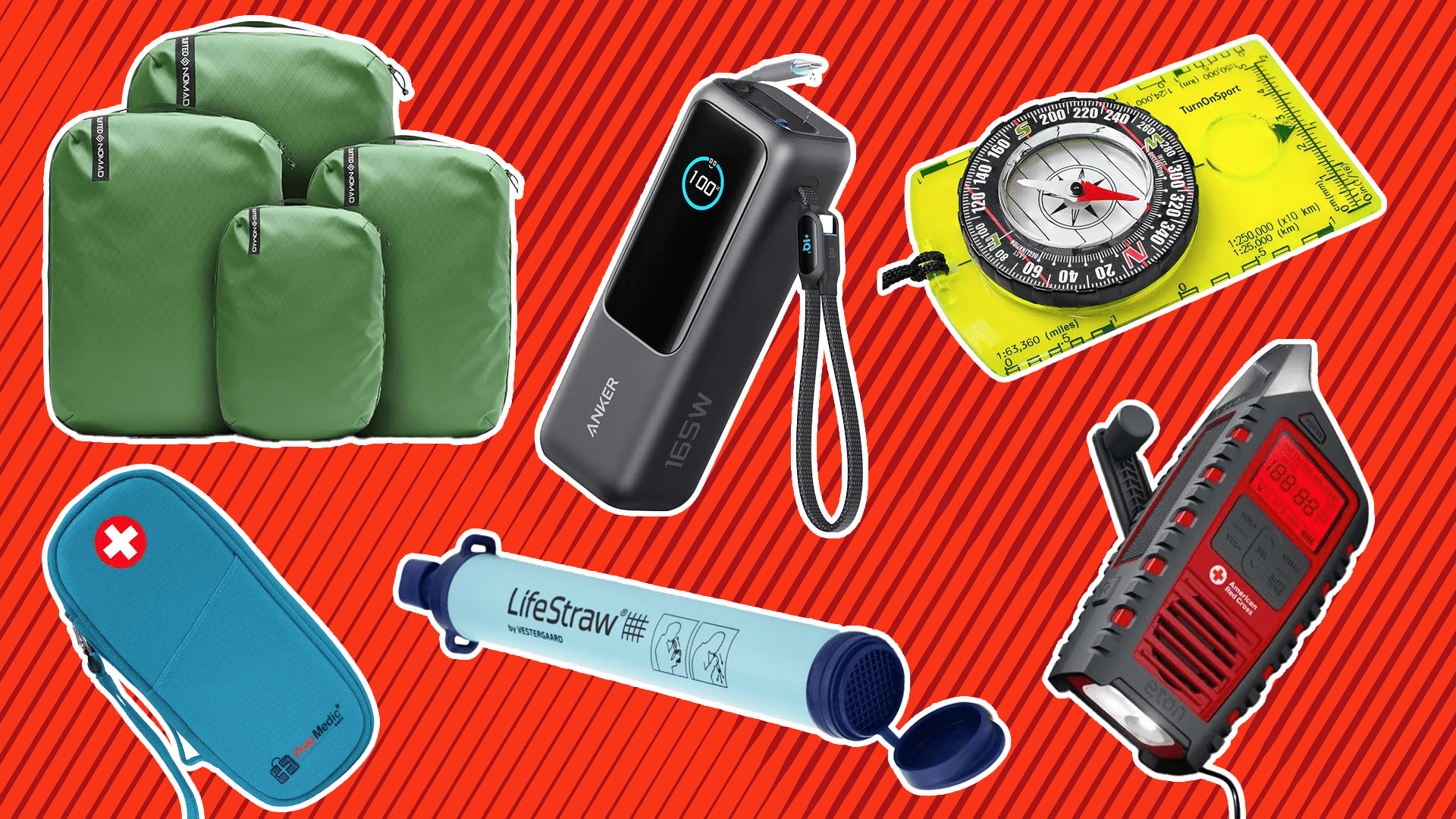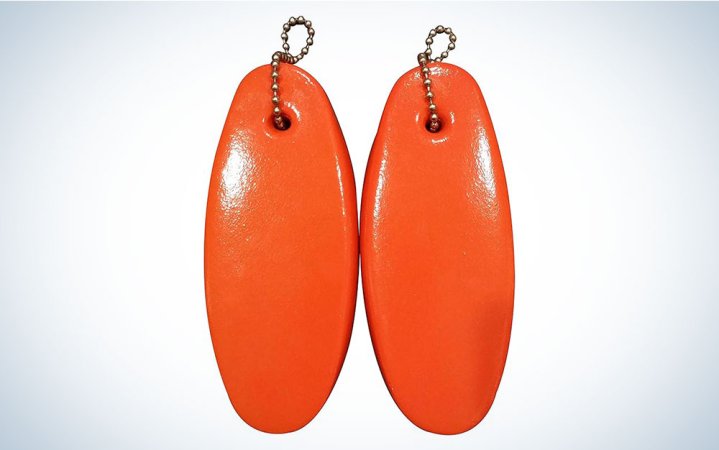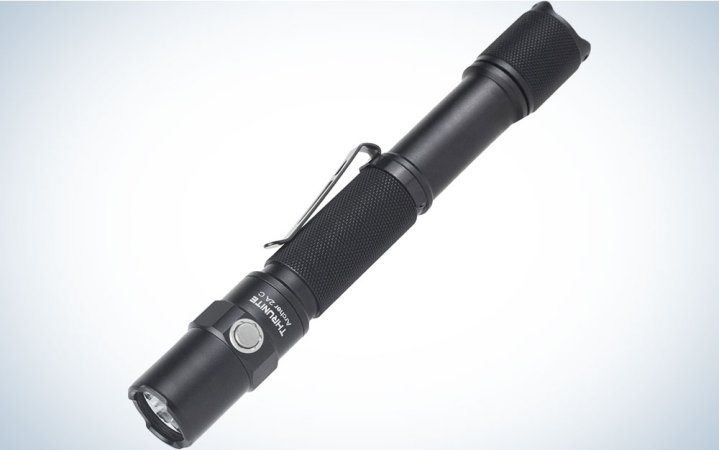Physical Address
304 North Cardinal St.
Dorchester Center, MA 02124
Physical Address
304 North Cardinal St.
Dorchester Center, MA 02124

When disaster strikes, there’s no time to rummage through your house looking for the things you need, the most important pieces of your life. When it’s time to go, you grab what’s closest and you get out. That’s the core idea behind a bug-out bag: a pre-packed, easy-to-carry survival and evacuation kit that lets you leave at a moment’s notice. It should contain pretty much everything you need to spend up to three self-sufficient days away from your home.
Bug-Out bags aren’t just for hardcore preppers planning for the apocalypse. The reality is, more people than ever, including those in urban areas, are finding themselves in situations where they need to evacuate in a hurry. Having a plan, and a bug-out bag ready to go, isn’t paranoid, it’s being prepared for those things we hope will never happen, in case they do.
A good bug-out bag isn’t just about survival, it’s about maintaining stability when everything else is uncertain. Sure, you’ll need essentials like food, water, and first-aid supplies, but it should also include important documents, medications, and anything else that keeps your life running when home isn’t an option. And if you’ve got kids or pets? Their needs should be covered too.
The key is packing smart: light enough to carry, tough enough to handle real-world use, and comprehensive enough to keep you going. Here’s a list of stuff you should seriously consider including when building the best bugout bag for you.

Stan Horaczek
See It
A backpack is the go-to choice for most people. Look for something at least 20 liters in volume, but if you’re packing for multiple people or pets, you may need something bigger. A good pack should have external pockets for easy access to essentials and a comfortable waist belt to help distribute weight if you end up covering ground on foot. The Yeti Ranchero (available in 22L and 27L models) is a bit pricy, but it allows for easy access to everything in the bag in a hurry thanks to clever zipper design in the front.
If carrying everything on your back isn’t ideal, a rolling duffel bag is another great option. They’re lightweight, easy to pack, and a breeze to maneuver over smooth terrain. If you go this route, pick one with shoulder straps so you’re not stuck dragging it if you encounter rough terrain or flights of stairs.

High Sierra
See It
The right bag isn’t just about storage; it’s about mobility when it matters most. Before you commit, load it up and take it for a walk. If it’s too heavy or awkward, rethink your setup.
Whatever you choose, comfort and durability should be top priorities. A bag that falls apart or slows you down isn’t just inconvenient, it could be dangerous.
Prioritize accessibility and efficiency in your bug-out bag. In a high-stress situation, you don’t want to be digging through a mess of supplies, trying to remember where you stashed your flashlight.
Label everything and pack with consistency. Every time you open your bag, you should know exactly where everything is. Small waterproof bags, packing cubes, and containers can separate and organize medical supplies, food, tools, and important documents.

Suited nomad
See It
Take a moment to go through it, make sure you know where everything is. The more familiar you are with your setup, the faster and smoother your evacuation will be.
If you have a larger family and are packing bags for multiple people to carry in your household, pack them the same way so everyone is familiar with the layout. And make sure that absolute essentials are not spread over multiple packs, causing chaos if you lose one of them.
Make sure you can grab your bag fast. Where you store it is just as important as what’s inside. Keep it in an easy-to-reach, known location where you or anyone in your household can find it in seconds.

Untethered
See It
Mark your bag with bright-colored tape or tags so it’s easy to spot in a dark or cluttered space. A cool, dry area is ideal to keep your gear in top condition, away from moisture and extreme temperatures.
A bug-out bag isn’t a set-it-and-forget-it kind of thing. Your, and your family’s, needs change over time. Your kit should evolve with them. Make it a habit to reassess and update your bag at least once a year. Check expiration dates on food, water, and medications. If you’ve added a pet to the family, had a child, or developed new medical needs, make sure your kit reflects those changes. Make sure anything with a built-in battery gets charged occasionally.
While documents might not seem like an essential, it’s important that you be able to prove who you are, and what you own, in a disaster situation. You never want to need a copy of a document that is sitting damp on your desk back at home.

Magpul
See It
Bring copies of your identification documents so that you can prove who you are, whether you are in one country or heading to the next.
It is also important to be able to prove what you own, and how you have protected it, especially if total loss, like in a fire, is possible. Bring copies of documents that can quickly help you recover from a disaster without having to go back and forth with government offices or insurance companies.
Make sure these documents are well organized and stored in a waterproof container
Wherever you’re going, you want to be able to know how to get there and communicate with others as you are on the

Eto
See It
A battery or hand-crank-powered weather radio will not only let you stay in the know even if cell service is down, but it can also keep you entertained and warn you about new emergencies or dangerous weather patterns. Many of these radios also have other helpful survival tools.

TurnOnSport
See It
Bring both road maps and topographical maps of your area so that you can know how to evacuate should the tried and true routes be blocked, shut down, or crammed with cars. Make sure you know how to use the maps, and don’t forget a compass.

Anker
See It
In the event your cell phone does still work, make sure you have the proper cords to keep it charged, and consider a compact battery pack (stored charged) to give you a full charge regardless of your access to infrastructure. The Anker model above has a built-in charging cable, so you won’t be stuck without a way to attach your device to the charger.
Having a backup phone or means to make calls can be a lifesaver should you forget/lose/break your cell phone in your evacuation.

Rite in the Rain
See It
Odds are, you don’t remember as many phone numbers as you’ll need in an emergency situation. Write down important numbers of family, friends, and important organizations. Laminate this list. This will ensure you can get in touch with who you need, whether or not you have your phone. A waterproof notebook is a great place to store that information.
You may be outside your home for a few days, make sure that you can stay healthy and clean.

PracMedic Bags
See It
Make sure that you have enough of your prescriptions, including EpiPens and inhalers, to survive comfortably for a few days. Bring a copy of your prescriptions with you so that you can refill them if necessary.

CamGo
Bring an extra set of eyeglasses if you need them and a copy of your prescription in case you lose the backups as well.

Carlebben
See It
A basic first-aid kit with bandages, antibiotic ointment, aspirin, tweezers, gauze, etc., should cover most of your needs until you can get to more robust care. If you end up using the first-aid kit in a non-emergency situation, make sure to replace what you used.
Keep yourself from getting sick while you’re on the move. A reasonable amount of toilet paper, as well as hand sanitizer, soap, and feminine hygiene products, will help you stay clean and prevent illness.
Sun Protection

Blue Lizard
See It
Make sure you don’t get a painful and dehydrating burn with sun cover and sunscreen. If you have room for a sun hat or even some UPF sun protection clothing.
A little cash will not only keep you going, but it could get you out of a bind. Keep your keys with your cash; they’re both crucial for getting you out and getting you back

Pelican
See It
A few hundred dollars in small bills can come in very handy if connectivity issues prevent credit card transactions.
As backup and to use when you are in a more stable situation.

JQuad
See It
Have extra sets of your car and house keys so that you can go and get back in. Also, keep any copies of keys you may need, like for gates, sheds, or outbuildings. Put them on a keyring that’s easy to spot and hard to lose. A floating keyring can’t hurt, either.
You don’t need to prepare for a weeks-long expedition, but you should be able to survive a day or two of roughing it until you reach a more stable situation.

Zippo
See It
Bring multiple ways to start a fire, including matches in a waterproof container and a lighter. These can help you stay warm, signal, and boil water should your water system fail.

Heimdall
See It
If you’re trapped and need to signal to rescuers, a whistle is a good option. You could also bring a signaling mirror if you think you might end up in a remote location and you want to provide a visual aid as to where you are.

See It
Look for one with a straight blade, a serrated blade, and pliers. This will help you cut most things, including cords, and deal with mechanical problems you may have. A dedicated knife is also a great thing to have outside the blade built into the multitool.

Thrunite
See It
Don’t rely on your phone for light. Don’t forget extra batteries.
It’s essential to keep your body in working order. That means feeding yourself and staying hydrated.

Nalgene
See It
Bottled water can be heavy, but have a few on hand to get yourself moving and hydrated. A wide-mouth bottle is extra useful because it provides a water-tight way to store things when you’re not using it for hydration.

Lifestraw
See It
A filtration system can give you access to unlimited water. A portable filter or iodine treatment method will keep you hydrated and from getting sick. Make sure you have a means to carry treated water like a water bottle or bag.
Make sure you can stay fueled for a few days. Granola bars and dried fruit work, but more robust options like freeze-dried meals and MREs may keep you more satisfied. Just be sure to store boxed food in airtight plastic or metal containers in a cool, dry place.
Stay warm and safe in the weather you are likely to encounter.

Titan
See It
These are both incredibly useful and can make for an impromptu shelter. The tarp doesn’t have to be anything special. You can go with something relatively light and affordable.

Swiss Safe
See It
If you have to hunker down, it’s crucial that you can do so while staying warm. These foil blankets help retain warmth even though they’re extremely thin. Once they have been used, however, grab some new ones. They don’t fold well and tend to become crinkled messes in a hurry.
Have one full set of season and location-appropriate clothing, including base layers, socks, and rain gear.
Make sure you can care for those who depend on you.
Equip yourself with extra, durably packaged, formula, diapers, wipes, and bottles. And make sure those important forms like birth certificate and vaccination records go with yours.
Children will have the same needs as adults above, but consider adding a few comfort items like a toy or blanket to try to keep morale high.

Ruffwear
See It
Bring extra food, leashes, collapsible bowls, and any medications and paperwork.
Prepare your bug-out bag well, and you will be ready to get up and go, regardless of the disaster. Remember, though, these are not permanent solutions; they are living solutions. Regularly update your forms, keys, and medications, and make sure you are not headed into your disaster with expired food, leaky containers, and moldy clothing.